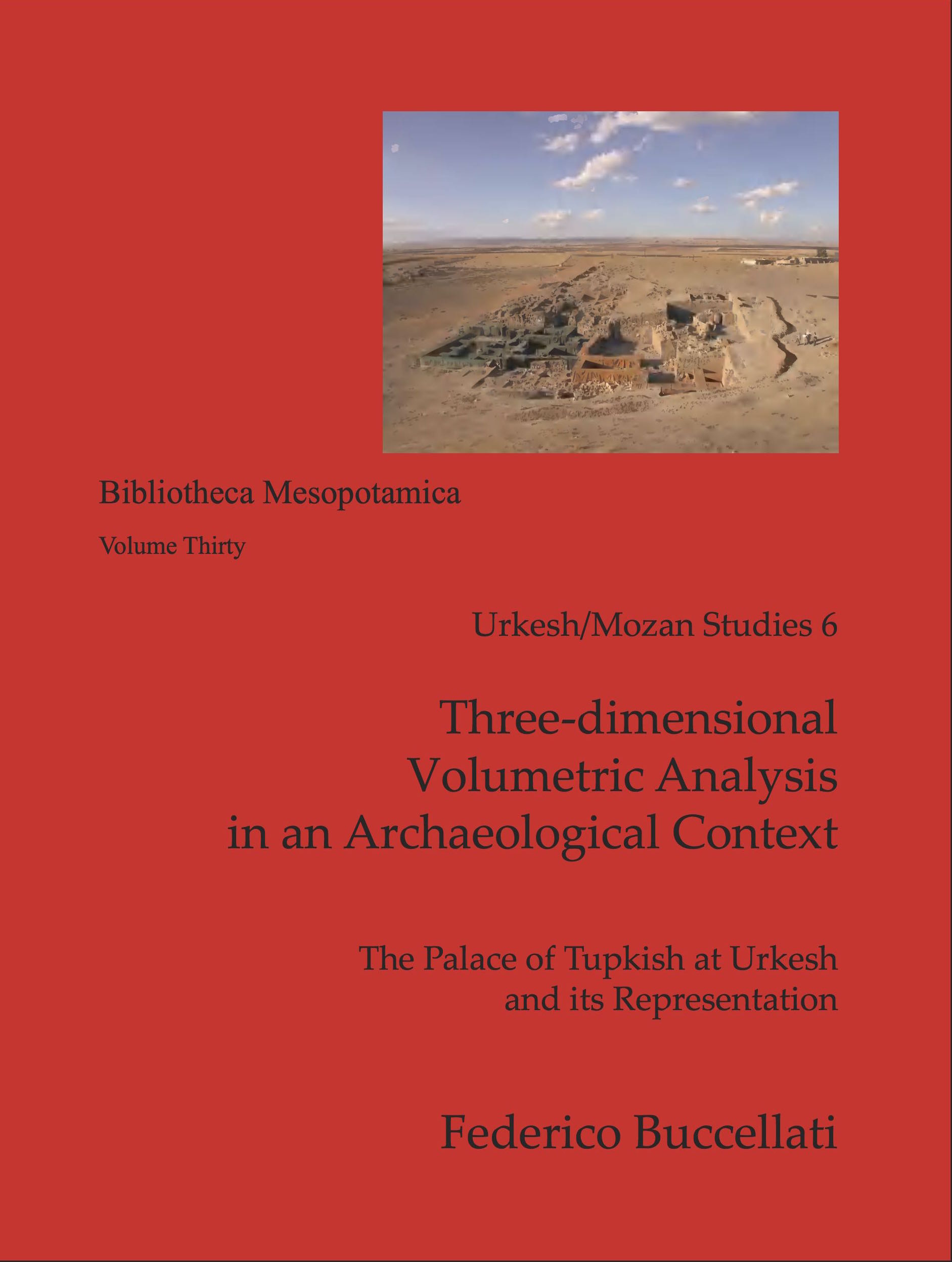In order to quantify these steps, the volume deals extensively with methodology through a series of algorithms by which the energetic investment in a construction project can be quantified. These algorithms are applicable in general to structures in stone and mudbrick, and can be used to define and compare the cost and value of such structures in a meaningful way. This allows the archaeological record to play a central role in wider theoretical discussions such as questions relating to monumentality and prestige or the economy and the social setting that made the construction possible. This methodology proposes an objective standard of measurement that can be used beyond the case study presented here.
By combining the understanding of the individual steps in the process of construction with the general algorithms and the volumetric measurements from a precise 3D model of the Royal Palace, this study calculates the effort needed to construct the building.
Federico Buccellati studied at St. John's College (Annapolis, MD, USA) where he received a B.A. in Philosophy, in Tübingen (Germany) where he received a Magister in Near Eastern Archaeology and in Frankfurt am Main (Germany) where he wrote his PhD within the Research Training Group "Value and Equivalence". He has served as Field Director of the Tell Mozan/Urkesh Archaeological Project since 2008. His research interests lie in third and second millennium Syro-Mesopotamia, particularly architecture and the archaeological record, as well as theoretical and digital aspects of archaeology.
